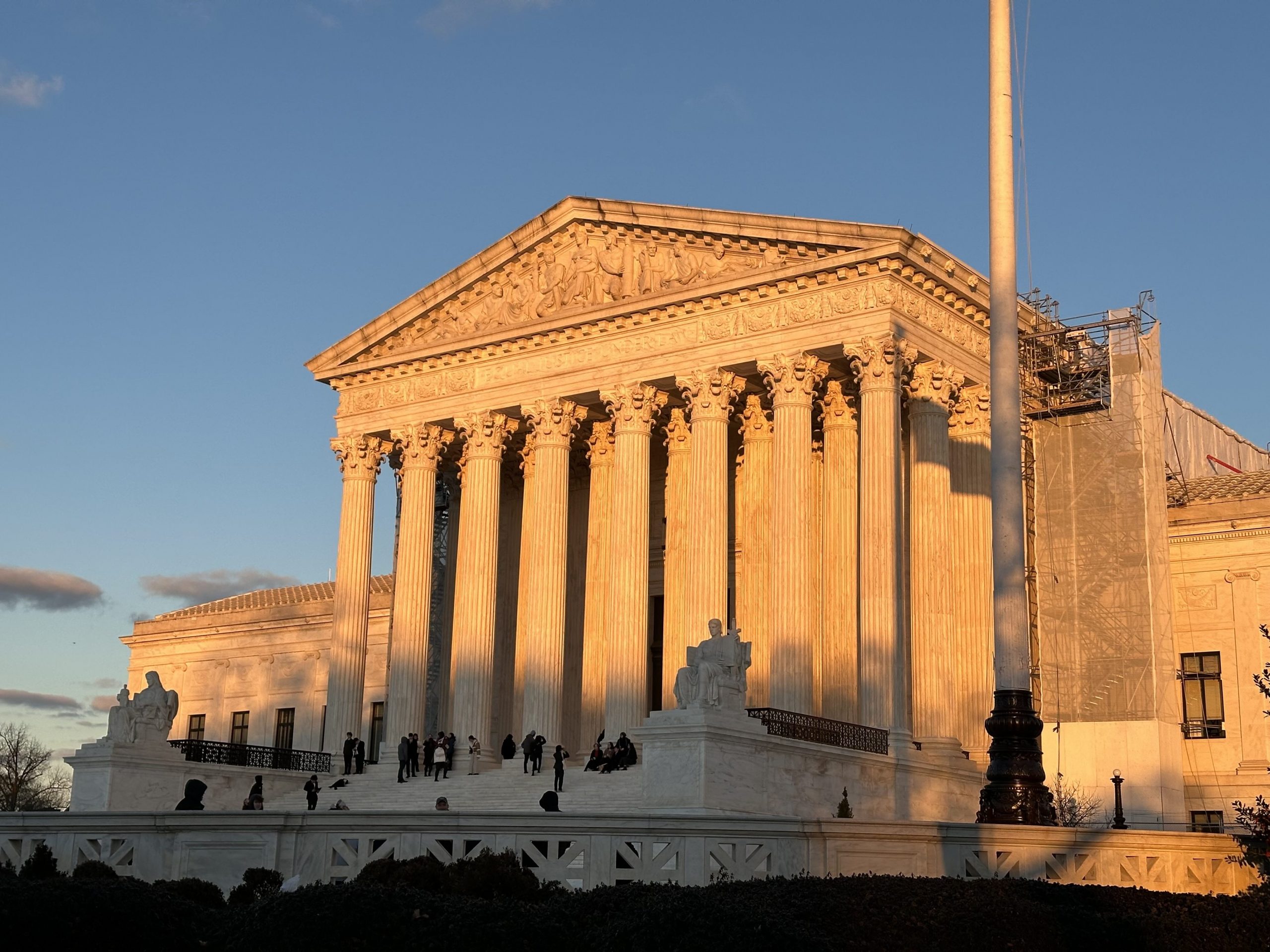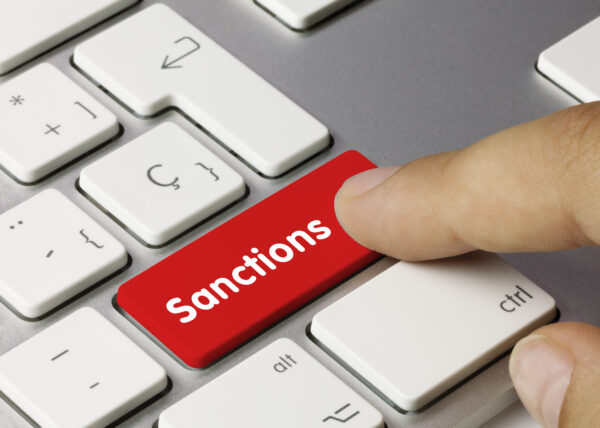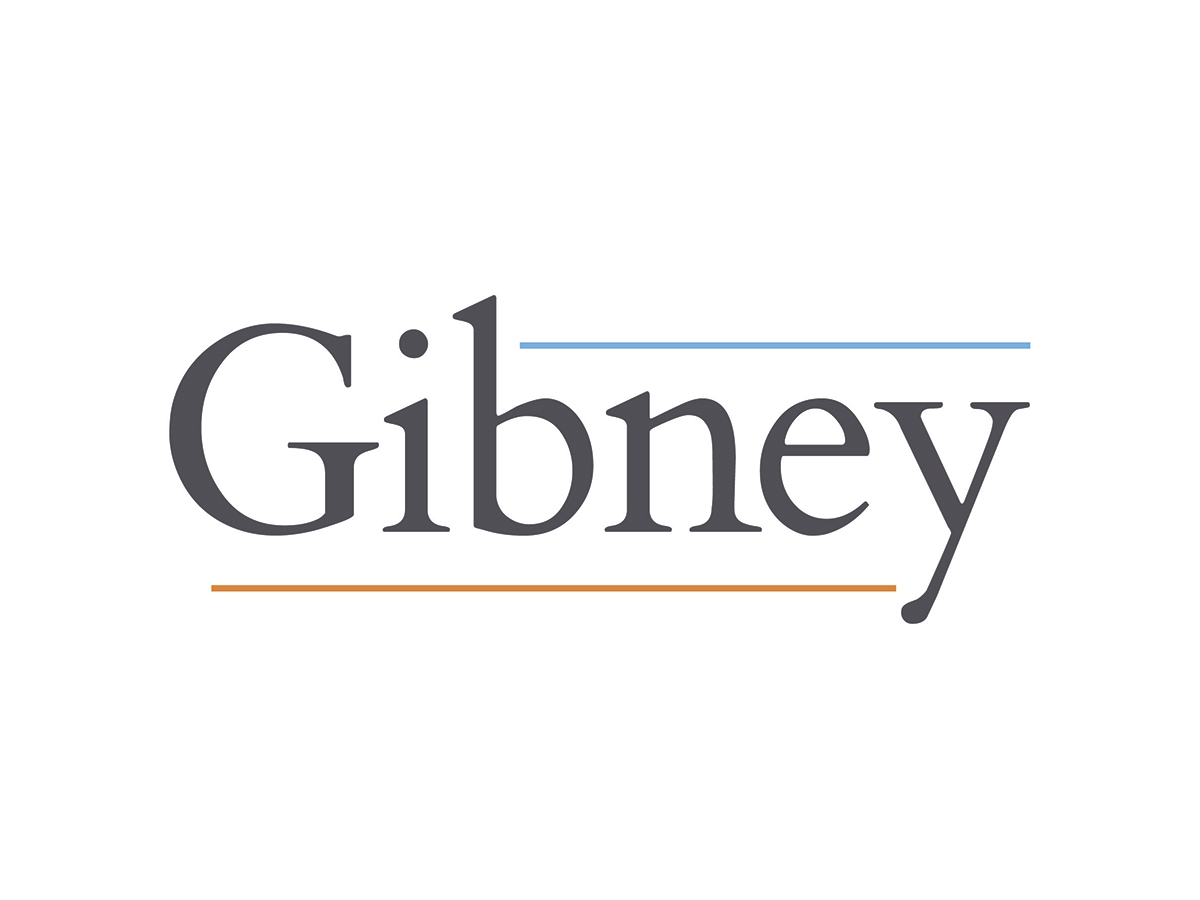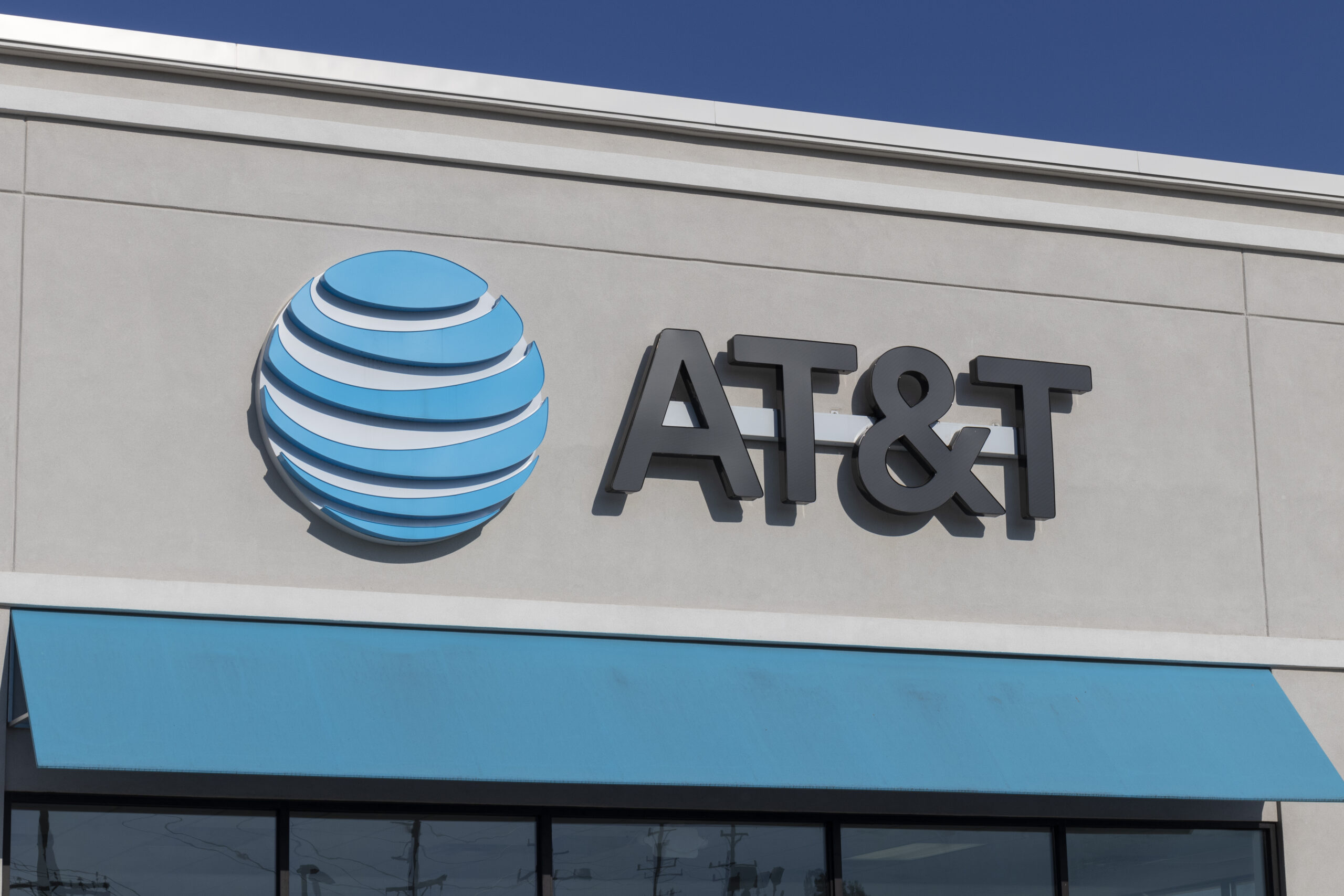The Previous Rules are Under Further Review: Antitrust, NIL, and the NCAA | Bradley Arant Boult Cummings LLP
Sports and antitrust might seem an odd couple at first glance. In truth, however, the two are not only related but deeply entwined in American law. Indeed, professional baseball as we know it exists largely thanks to a 1922 Supreme Court case, Federal Baseball Club of Baltimore v. National League of Professional Baseball Clubs, in which the Court held that professional baseball is neither interstate nor commerce, and thus exempted from the antitrust laws. That exemption would later provide the foundation for one of the more puzzling images in congressional history, as Congress reasoned that it gave them the authority to haul superstars such as Mark McGwire, Sammy Sosa, and Rafael Palmeiro before it to answer for the epidemic of performance-enhancing drugs in baseball. The Curt Flood Act of 1998 partially repealed professional baseball’s antitrust exemption by allowing players to file antitrust lawsuits against the MLB. However, the Curt Flood Act did not alter any of the other antitrust exemptions afforded to professional baseball. While “America’s favorite pastime” remains largely exempt from antitrust law, the Supreme Court has held that other professional sports, like football, are not immune to antitrust scrutiny.
Today, however, antitrust litigation is focused largely on the National Collegiate Athletic Association (NCAA), the umbrella organization comprised of member institutions and conferences that governs college athletics. This article focuses primarily on three major antitrust cases brough in the wake of NCAA v. Alston: (1) House v. NCAA; (2) Ohio v. NCAA; and (3) Tennessee v. NCAA.
House v. NCAA: The Athletes’ Class Action
In recent months antitrust lawsuits have been filed against the NCAA at a dizzying pace. In House v. NCAA, for example, current and former Division I student-athletes have sought and been granted class certification in their case seeking the injunction of the NCAA’s remaining NIL restrictions and damages to compensate for revenue lost due to those restrictions. In September and November of last year, the court certified four classes: an injunctive relief class, a damages class consisting of football and men’s basketball athletes, a damages class consisting of women’s basketball athletes, and a class consisting of athletes who played “additional sports.”
The injunctive class seeks “an injunction permanently restraining Defendants from enforcing their unlawful and anticompetitive agreements to restrict the amount of name, image, and likeness compensation available to Class Members.” The damages classes, meanwhile, request damages from lost opportunities to receive NIL compensation from broadcasts, video games, and other third-party NIL deals. Notably, if they can establish antitrust liability, plaintiffs in the damages classes will likely be awarded three times their actual damages pursuant to Section 4 of the Clayton Act, which entitles successful antitrust plaintiffs to treble damages. As such, the NCAA is potentially facing over $4 billion in damages.
Ohio v. NCAA: The Transfer Eligibility Rule
More recently, on January 18 of this year, a handful of states – joined by the District of Columbia and the Department of Justice – brought a challenge to NCAA bylaw 14.5.5.1, dubbed the “Transfer Eligibility Rule.” That rule “imposes a one-year delay in the eligibility of certain college athletes transferring between NCAA member institutions and unjustifiably restrains the ability of these college athletes to engage in the market for their labor as NCAA Division I college athletes.” Plaintiffs “seek[] declaratory and injunctive relief against [the NCAA] for a violation of Section 1 of the Sherman Act, 15 U.S.C. § 1.” In December, the judge in Ohio v. NCAA granted a temporary restraining order preventing enforcement of the NCAA’s multi-time transfer rules. Shortly thereafter, the parties reached a preliminary injunction agreement, which granted immediate eligibility to multi-time transfers through the fall.
Plaintiffs allege that the Transfer Eligibility Rule affects two broad categories of relevant labor markets:
- Athletic services in men’s and women’s Division I basketball and football bowl subdivision (FBS) football, wherein each college athlete participates in his or her sport-specific market; and
- Athletic services in all other men’s and women’s Division I sports, wherein each athlete participates in his or her sport-specific market.
Within these markets, plaintiffs identified three major harms experienced by student athletes due to the Transfer Eligibility Rule. First, “the Transfer Eligibility Rule harms college athletes by discouraging them from transferring to a different institution that may benefit their academic, mental, and athletic well-being.” Second, the Transfer Eligibility Rule “artificially disadvantag[es] second-time transfers” by subjecting them to an arbitrarily applied waiver process only after they have been accepted and enrolled at their new institution. Relatedly, third, the Transfer Eligibility Rule harms second-time transfers by denying them the opportunity to participate in NCAA Division I sports for an entire academic year after transferring, limiting opportunities for personal, professional, and economic growth.
Plaintiffs also assert that the Transfer Eligibility Rule harms consumers of NCAA sports. Indeed, plaintiffs claim that the rule can “decrease fan interest in a team’s season by making popular players ineligible for competition and decreasing a team’s competitiveness on gameday.” Further, they maintain that the Transfer Eligibility Rule harms parity in college athletics, benefiting “larger and historically successful sports programs by allowing them to retain talented players on their depth charts who may otherwise wish to transfer and may be better served by transferring to another institution.” Finally, plaintiffs argue that any justifications the NCAA might offer for the rule are “pretextual and cannot outweigh the anticompetitive effects of the rule.”
Tennessee v. NCAA: The End of NIL Restrictions?
Most recently, on January 31, 2024, the State of Tennessee and the Commonwealth of Virginia brought suit against the NCAA alleging that its enforcement of NIL-related restrictions “at a critical juncture in the recruiting calendar … violate[s] the Sherman Act, harm[s] the states and the welfare of their athletes, and should be declared unlawful and enjoined.” Specifically, the suit targets the NCAA’s prohibition on using NIL as an inducement for recruiting. The lawsuit argues that prohibiting discussions with prospective student-athletes about NIL opportunities restricts competition and is akin to “a coach looking for a new job, and freely talking to many different schools, but being unable to negotiate salary until after he’s picked one.” Additionally, the states accuse the NCAA of “thumbing its nose” at Tennessee and Virginia state laws prohibiting any athletic organization from limiting a student-athlete’s ability to earn NIL compensation. Plaintiffs contemporaneously moved for a temporary restraining order and preliminary injunction. On February 6, 2024, the judge for the Eastern District of Tennessee denied the plaintiff’s motion for a temporary restraining order. However, the judge noted in the order “[c]onsidering the evidence currently before the Court, Plaintiffs are likely to succeed on the merits of their claim under the Sherman Act.” While the temporary restraining order was denied, the court is currently considering whether to grant a preliminary injunction following a hearing that took place on February 13, 2024.
The NCAA is under assault. Athletes, state governments, and the Department of Justice have all alleged that different elements of its policy towards NIL and athlete eligibility violate antitrust laws. As Justice Brett Kavanaugh predicted in Alston, there remain serious questions about the NCAA’s ability to fend off antitrust liability for its various compensation and eligibility rules under an ordinary rule of reason analysis. Bradley will continue to monitor this intersection of collegiate sports and antitrust law.






